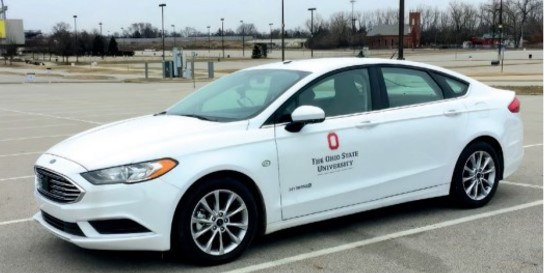Virtually real-world

Researchers in the US have developed software to test the operation of a complete driverless car using synthetic data (writes Nick Flaherty).
The team, at Ohio State University, has applied for a US patent for its Vehicle-in-Virtual-Environment (VVE) method.
“With our software, we’re able to make the vehicle think it’s driving on actual roads while actually operating on a large open, safe test area,” said Prof Bilin Aksun-Guvenc, co-director of the university’s Automated Driving Lab. “This saves time and money, and there is no risk of fatal traffic accidents.”
The VVE method replaces the output of the high-resolution sensors in a real vehicle with simulated data to connect its controls to a highly realistic 3D environment. After feeding the data into the autonomous driving system’s computers and synchronising the car’s real motion with the simulation, the researchers were able to show that it behaves as if the virtual environment were its true surroundings in real time.
Because the method can be calibrated to maintain the properties of the real world while modelling edge events in the virtual environment, it could easily simulate extreme traffic scenarios.
It can also use Bluetooth to communicate between a pedestrian with a mobile phone and a phone in the test vehicle. The researchers had a pedestrian dart across a simulated road a safe distance from the test vehicle, but the Bluetooth signal told the car that the person was right in front of it.
“The method allows road users to share the same environment at the same time without being in the same location,” said Prof Aksun-Guvenc.
UPCOMING EVENTS























